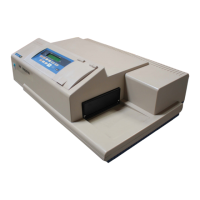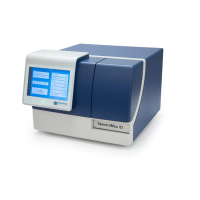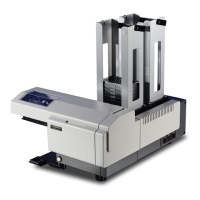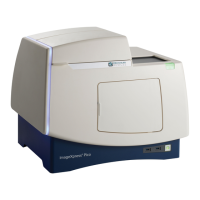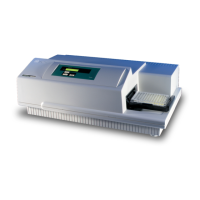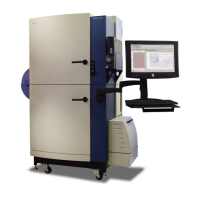What to do if I see Fatal Error Codes on my Molecular Devices SpectraMax M5 display?
- BBruce MontgomeryAug 25, 2025
If you're seeing fatal error codes on the display of your Molecular Devices Laboratory Equipment, try these steps: Ensure the cuvette door is closed during the power-up sequence. If the problem persists, leave the instrument on for about five minutes, then turn it off and back on again.

